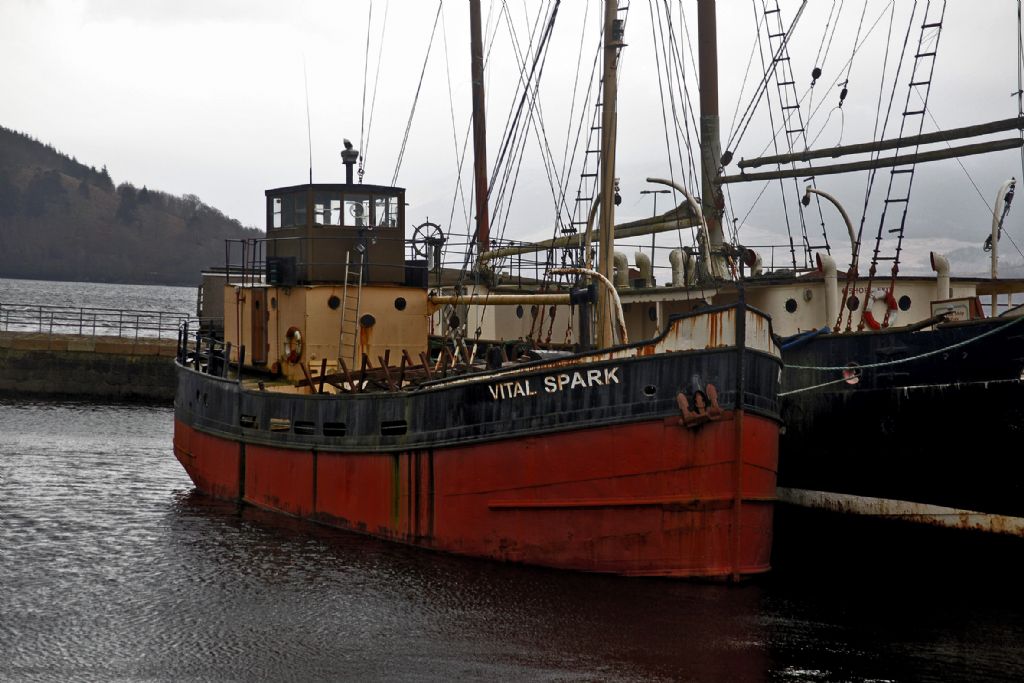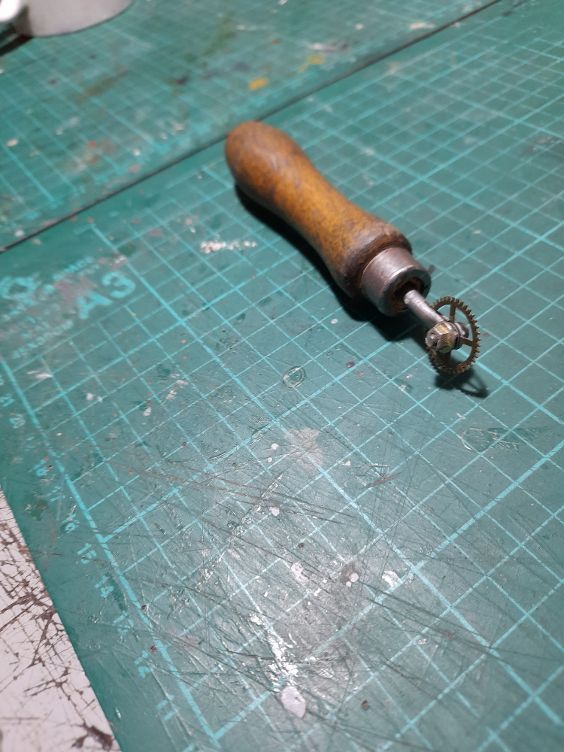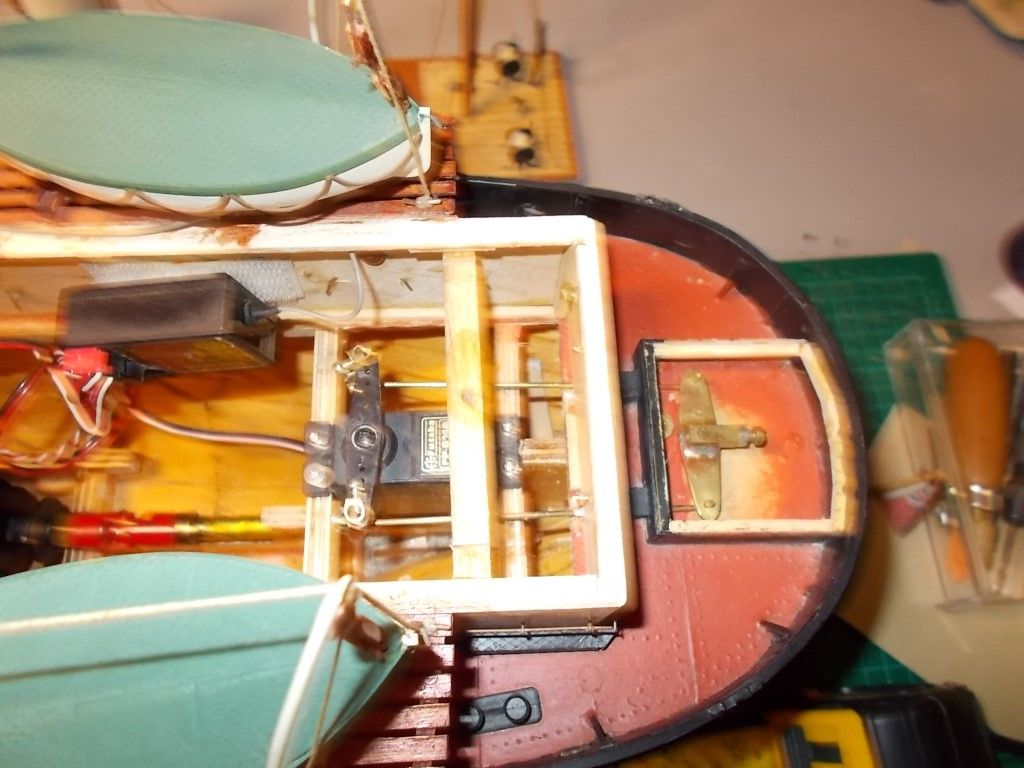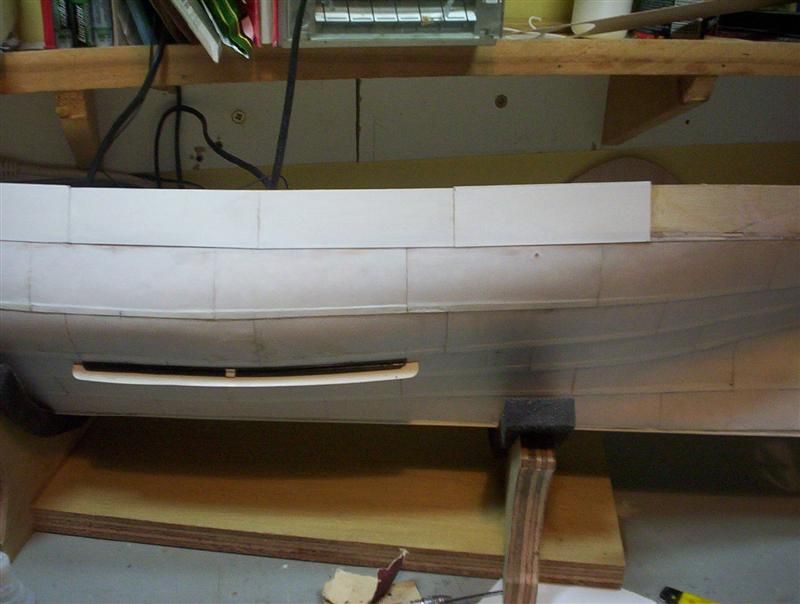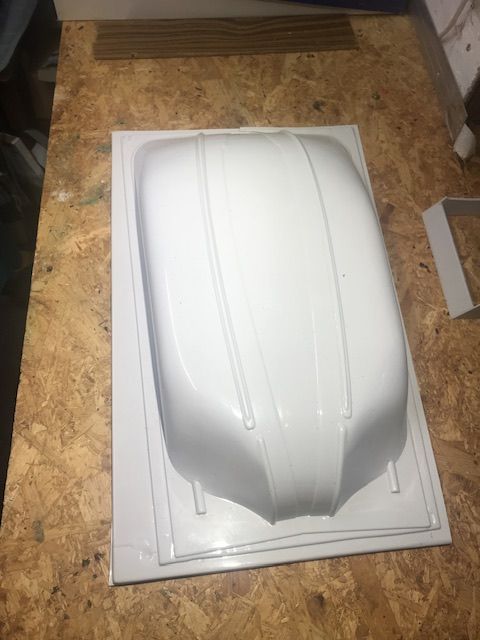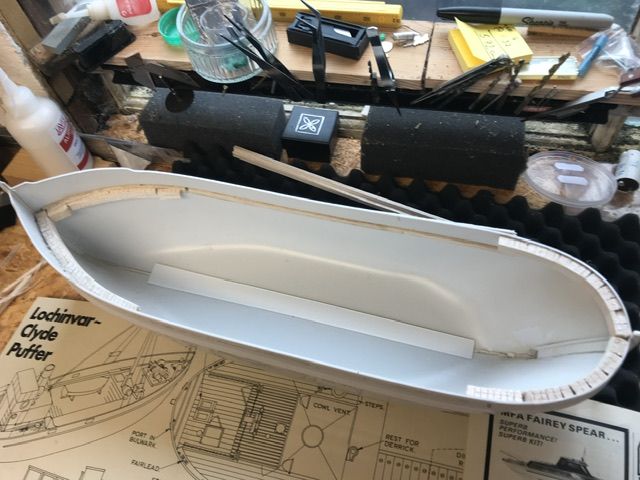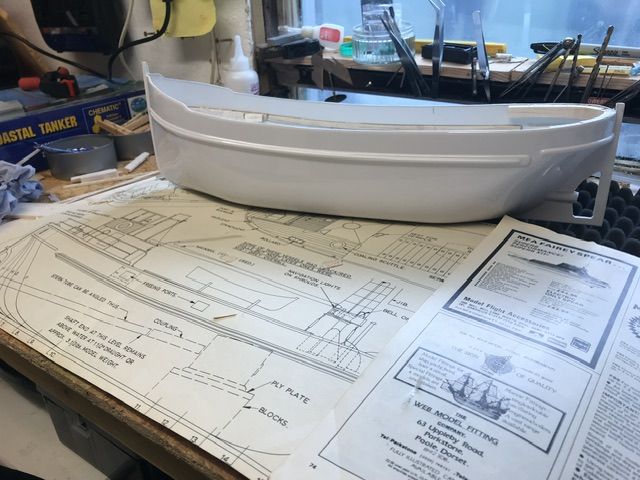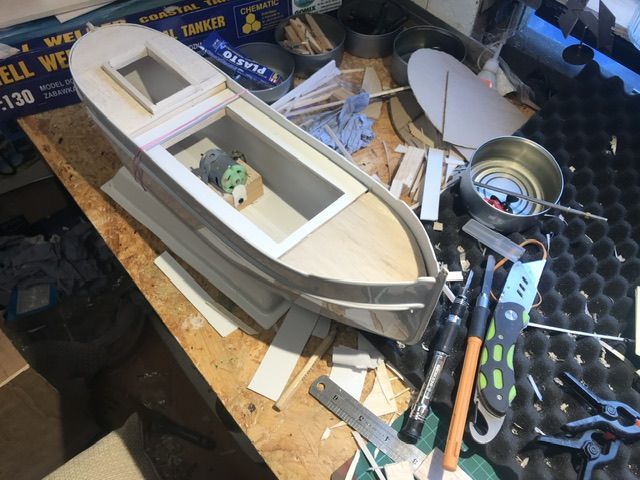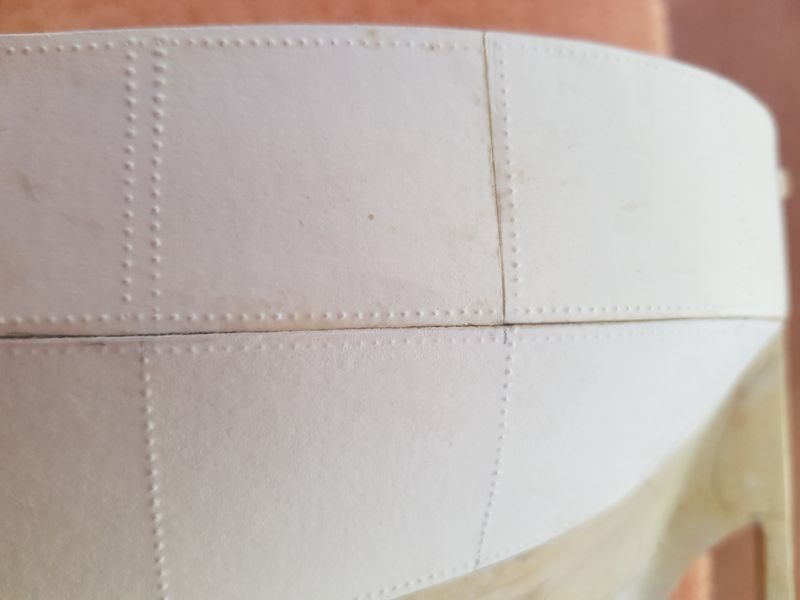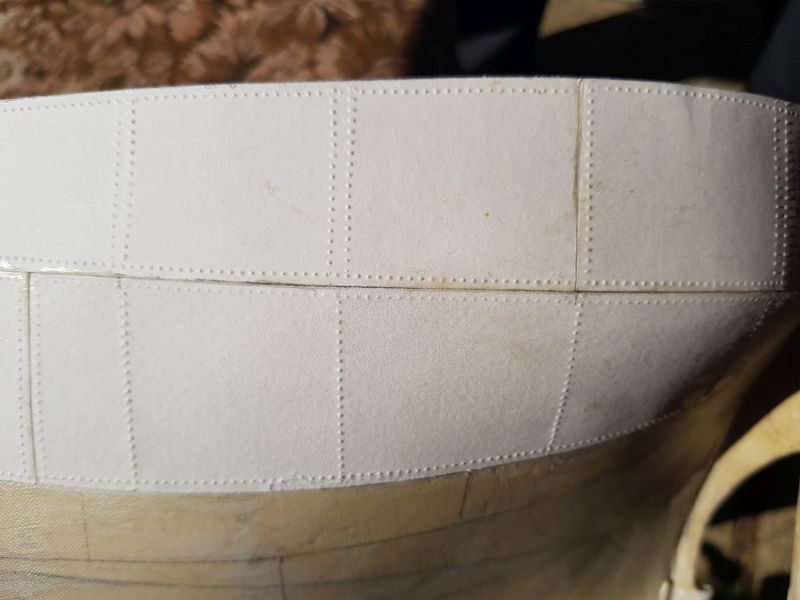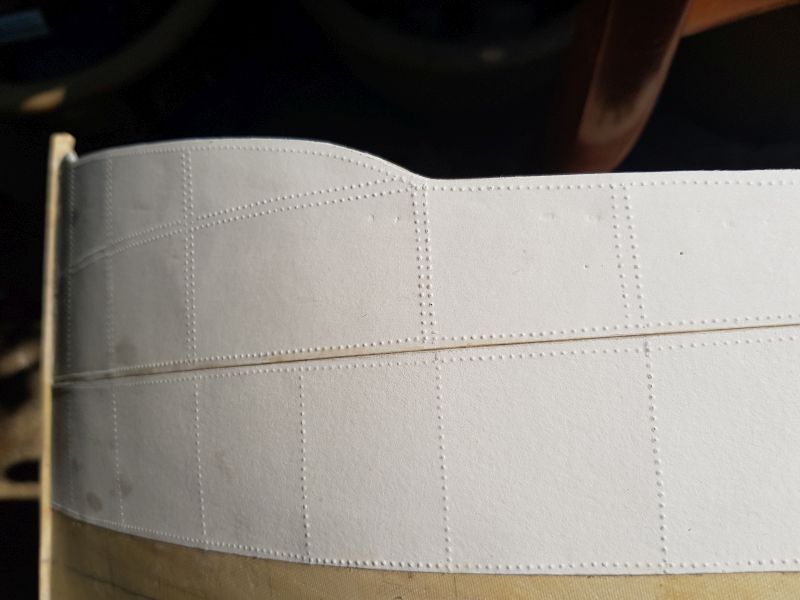My Clyde Puffer
My Clyde Puffer
- This topic has 287 replies, 19 voices, and was last updated 4 months, 1 week ago by
James Hill 5.
- Please log in to reply to this topic. Registering is free and easy using the links on the menu at the top of this page.
Code of conduct | Forum Help/FAQs
Latest Replies
Viewing 25 topics - 1 through 25 (of 25 total)
-
- Topic
- Voices
- Last Post
-
- Fairey Huntsman 28 1 2 … 7 8
- 1
- 3 days ago
- John Cobb’s Crusader 1 2 … 7 8
- 1
- 4 days ago
- Todays Boating 1 2 … 210 211
- 84
- 1 week, 2 days ago
Viewing 25 topics - 1 through 25 (of 25 total)


